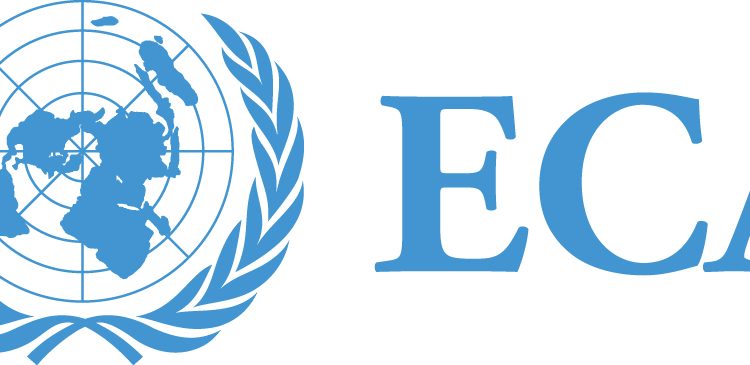Marlene Le Roux has lived with the effects of disability since she was three months old. Now 57, she has spent decades confronting physical, structural, and social barriers.
Resilience is part of her everyday reality, as she manages pain, stays engaged, and keeps going even when her body resists.
Ms Le Roux had spent the day before speaking and dancing to mark South Africa’s Freedom Day in Cape Town. By morning, her legs gave in. She was at the physio, acupuncture needles in her thigh to ease the pain.
That pain, she says, is part of the “gift”– a lived experience that gave her the lens to understand the marginalization millions face every day.
“I have a job, that’s why I could pay for treatment,” she said. “Others with polio? They suffer. They die in their beds.”
Her story begins with polio and builds into a fight fueled by loss, sustained by purpose, and anchored in a refusal to accept exclusion.
She’s lived the weight of exclusion twice over. First, as a child disabled by apartheid-era neglect, contracting polio at just three months old, after clinics denied the remaining vaccines to non-white children. And later, as a mother to her son Adam, who had profound cerebral palsy and required constant care. Adam later passed away, a loss that deepened her resolve.
That urgency is also reflected in efforts across the United Nations system. In 2019, the UN launched the Disability Inclusion Strategy (UNDIS) to promote accessibility, participation, and accountability in its operations.
By 2023, more than 60 UN entities had adopted action plans under the strategy, and over $77 million had been mobilized to support more than 100 initiatives in 93 countries. Yet implementation remains uneven, with many persons with disabilities still facing barriers even within institutions that champion inclusion.
At the Artscape Theatre Centre in Cape Town, where Ms Le Roux is the CEO, accessibility is built into the structure: automated doors, wheelchair seating, level entryways, tactile carpeting, comfort rooms. Staff receive training on both visible and non-apparent disabilities. Every feature is intentional, designed in consultation with those who use them.
“Life here at Artscape is very easy for people with disabilities,” said vocalist Nikita Scott, a wheelchair user. “It feels like a second home. You just feel freer because there are no challenges you have to face as a disabled person.”
Families raising children with disabilities find refuge at Artscape. “They can attend performances and relax in a space that doesn’t treat them as an afterthought,” Ms Le Roux said. “Here, no one stares.”
Artscape also supports grassroots groups, including Lief en Leed (Love and Sorrow), a community initiative in Mamre. Its founder, Michael September, who has speech and mobility impairments, said people still assume disability means incapacity.
“Artscape is one of the few places that sees our dignity first,” he said.
Ms Le Roux’s leadership style is grounded in presence and humility. It’s not uncommon to see her joking with staff or sitting down for tea with the cleaning crew. “No one should be invisible,” she said. “Everyone here matters.”
She helped launch the ArtsAbility Festival, an annual celebration that features performers with disabilities and challenges public perceptions through art and movement. The Unmute Dance Company, a regular participant, blends wheelchairs, crutches, and movement to challenge perceptions.
“Artscape focuses on what people can do, not what they lack,” she said. “When they perform, you see ability. Not disability.”
She sees these lessons as central to the Sustainable Development Goals (SDGs), especially the pledge to “leave no one behind.”
“We can’t just have things on paper and expect it to work. It has to be in the fiscal budget, in the mindset, in the leadership.”
To her, inclusion isn’t a checklist but a cultural shift. She meets regularly with an advisory group of people with disabilities to keep the work grounded in lived experience.
In 2024, she launched Warrior Woman, a petition and art installation to protest gender-based violence. She plans an annual march to parliament with the statue in hand. “We’ve had enough of talking,” she said.
“Artscape is more than a theatre,” she said, adding that it’s a platform to open doors and influence lives.
“I can look glamorous now because I have a job. I can pay for treatment; I can walk into the best orthopaedic surgeon. But what happens to others? They suffer. They die. My job is to open doors for them.”
And she’ll keep pressing forward, legs willing or not, until systems do too.
Ms Le Roux’s full interview can be watched in this episode of our Sustainable Africa Series
Distributed by APO Group on behalf of United Nations Economic Commission for Africa (ECA).


